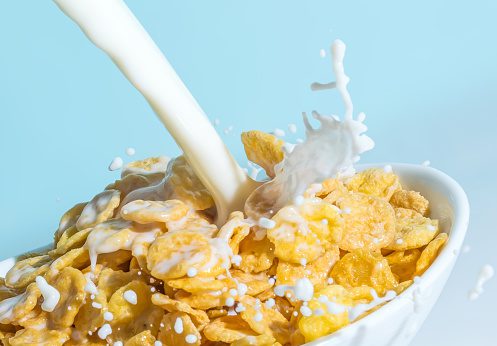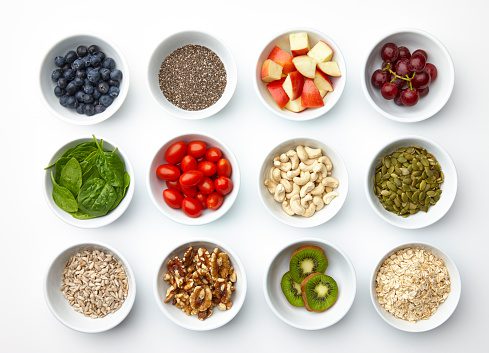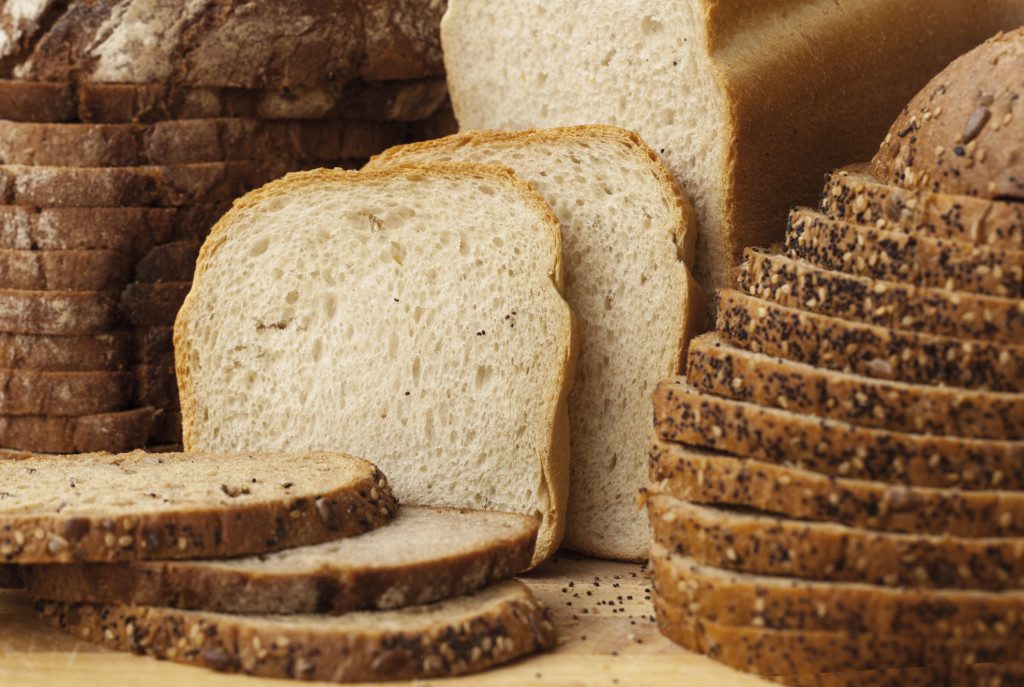Is low-FODMAP the new gluten-free?
Why runners develop gut problems and how they can solve them

Stomach issues in the form of bloating, gas, pain and diarrhea are very common in runners, and they can show up at the most inopportune times to derail your training run (or worse, your race). There are various ways to prevent gastro-intestinal distress (avoiding the foods and fuelling products that you know give you issues, for example), but some runners struggle to get the situation under control. For them, experimenting with a low-FODMAP diet is an option. But the low-FODMAP diet is quite restrictive, and should only be used by those who are dealing with significant discomfort.

RELATED: Low-FODMAP diet may benefit runners who are prone to GI distress
What is low-FODMAP?
FODMAP refers to short-chain carbohydrates that include Fermentable Oligosaccharides, Disaccharides, Monosaccharides And Polyols (also referred to as sugar alcohols). They are common in dairy, legumes, wheat, rye, cashews and some nuts, certain fruits and vegetables (including watermelon, apricots, pears, apples, cauliflower, onions, asparagus, some varieties of beans and mushrooms), as well as honey and agave. The low-FOPMAP diet eliminates some of the high-calorie foods that are great for runners who can digest them.

Is FODMAP the new gluten-free?
A 2013 study found that 65 per cent of American adults thought that gluten-free foods were healthier than foods that contained gluten, and 27 per cent choose gluten-free products to aid in weight loss. The gluten-free diet, which grew in popularity between 2004 and 2011, was what some athletes attributed to improved performance and what companies were pushing as the next great health craze. With much of this since debunked, hopefully the low-FODMAP push doesn’t follow a similar trajectory.
Jennifer Sygo is a registered dietician who urges runners to continue eating foods that contain FODMAPs unless they’re dealing with gastrointestinal distress.
“If you have a sensitive gut and you eat something that includes FODMAPs before a run, your stomach could become irritated,” she says. “Avoiding FODMAPs for some runners means avoiding foods that are harder for their body to digest, which can lead to diarrhea or loose stool.”
Sygo explains that high-intensity exercise puts strain on the gut due to the diversion of blood from the digestive tract. “This is why runners are so conscious of what they eat before their run.” If a runner has been dealing with discomfort due to digestion, Sygo says eliminating FODMAPs pre-run is a viable option, but she cautions against eliminating them completely.
“Should runners avoid FODMAPs all of the time? No. If you have issues, they’re to be avoided in the hour or so before your run. Lots of FODMAP foods are very good for you.”

Digestion issues caused by under-eating
If you’re experiencing digestive issues, Sygo suggests that another possible cause could be underfuelling.
“Running is hard on the gut. Part of that recovery process is feeding it enough calories to regenerate the GI system, which promotes proper digestion.” So if runners aren’t replacing the calories they’re burning during exercise, they run the risk of developing gastrointestinal issues that way.
“These folks don’t need a low-FODMAP diet, they need to eat more,” Sygo says.
Key swaps for runners on a low-FODMAP diet:
Swap an apple for a banana.
Swap a pear for a clementine.
Swap bread for oatmeal.
Swap pasta for rice.
Swap almonds or cashews for peanuts.
Swap milk for greek yoghurt.
Swap broccoli for carrots or cucumbers.


